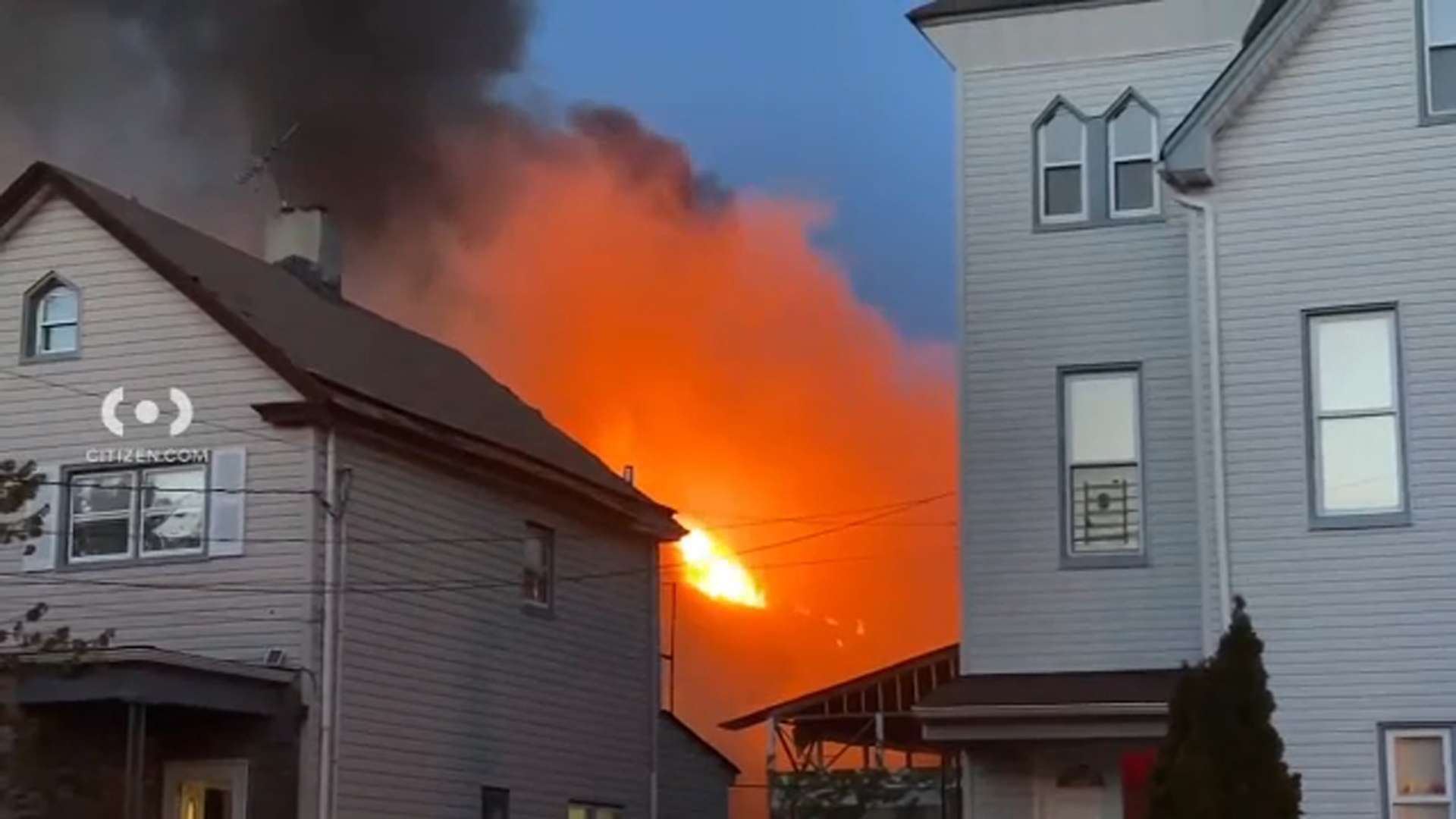Reopen NYC: MTA outlines 'draconian' cuts without $12 billion in federal aid

NEW YORK CITY (WABC) -- The MTA will be forced to take several "draconian actions" without $12 billion in federal aid, the agency said Wednesday.
Wage freezes, fare and toll hikes beyond those already scheduled, and service cuts are on the table, with "reductions in workforce as a last resort," MTA Chairman and CEO Pat Foye said.
He said the fiscal crisis is worse than the Great Depression of the 1920s and 1930s.
"Our sole focus now is on survival," he said.
The potential measures were discussed during a special meeting of the MTA Board and were outlined as follows:
Mass transit potential service reductions
New York City Transit could be forced to reduce service by up to 40% on subways, buses and Staten Island Railroad
--This will save almost $880 million annually, net of expected revenue losses
--Subway headways could increase up to 8 minutes; off-peak headways on Staten Island Railroad would increase by 30 minutes
--Bus headways could increase up to 15 minutes
--Estimated workforce impact is permanent reduction of over 7,200 positions
MORE NEWS: Family kicked off flight after 2-year-old daughter refused to wear a mask

In addition, changes to the Access-A-Ride program such as increasing trips to feeder service and eliminating on-demand service could save up to $65 million annually.
LIRR and Metro North potential service reductions
The Long Island Rail Road and Metro North could be forced to reduce service up to 50%
--This will save almost $160 million annually, net of expected revenue losses
Service changes include:
--Reduced service frequencies to 60 minutes on heavier ridership branches/lines, and 120 minutes on lower ridership branches/lines
--Eliminate service on one or more LIRR branches
--Estimated workforce impact is permanent reduction of nearly 850 positions
In addition, the following actions may be needed to address the shortfall:
--Delaying start of service into East Side Access saves over $250 million in operating costs
--Closing ticket windows could result in the permanent reduction of up to 60 positions and estimated savings of up to $8 million annually
--Eliminating West of Hudson service in NY to save more than $25 million in annual operating costs and avoid nearly $1.2 billion in capital expenses
Bridge and tunnel potential service reductions
MTA Bridges and Tunnels could be forced to change its toll structure and reduce staff, impacting regional mobility
--Eliminating resident discounts would save over $65 million annually
--Implementing peak period pricing could generate over $100 million annually
RELATED: Reward offered to find those who smashed 7 train windows
Estimated workforce impact is permanent reduction of nearly 300 positions for savings of nearly $40 million, resulting in:
--Increased frequency of lane closures and potential facility closures to ensure safety
--Delays in response time to non-critical incidents and less frequent customer-facing maintenance (e.g. painting, landscaping)
--Less timely information for customer messaging, leading to travel delays
Construction and development potential project impacts
MTA Construction and development could be forced to pause 2020-2024 capital projects
--Potential projects that could be paused include:
--Second Avenue Subway Phase 2
--Penn Station Access/4 Bronx stations
--Additional ADA station upgrades
--Purchasing of electric bus fleet
--Purchasing of new subway rolling stock
--CBTC signal modernization projects -including Lexington line
--LIRR Central Branch electrification
The MTA faces cash shortfalls totaling $12 billion through 2021, which consists of not only the operating budget impacts reflected previously in the July Financial Plan, but also the loss of $1 billion just in 2021 dedicated to the Capital Program due to federal inaction on the Central Business District Tolling Program.
Transport Workers Union Local 100 President Tony Utano released the following statement on possible layoffs:
"TWU Local 100 will fight tooth and nail against layoffs. Transit workers put this city and state on their backs and carried them through the deadly pandemic, risking their own health and lives. Thousands became sick and more than 131 of us died. Layoffs would be an unimaginable shameful betrayal. The MTA has other options, including: giving all capital construction work to in-house transit workers, not profiteering private construction companies; getting rid of all high-priced consultants and lawyers; have in-house workers take over all cleaning and disinfecting functions not already taken back from private contractors; restoring subway service between 1 a.m. and 5 a.m.; and offering early retirement incentives."
RELATED: New York, New Jersey, Connecticut out-of-state travelers quarantine list
MORE CORONAVIRUS COVID-19 COVERAGE
How coronavirus changed the New York region
Do you have coronavirus symptoms?
What's Open, What's Closed in the Tri-State area
COVID-19 Help, Information. Stimulus and Business Updates
UPDATES
abc7NY Phase Tracker:








